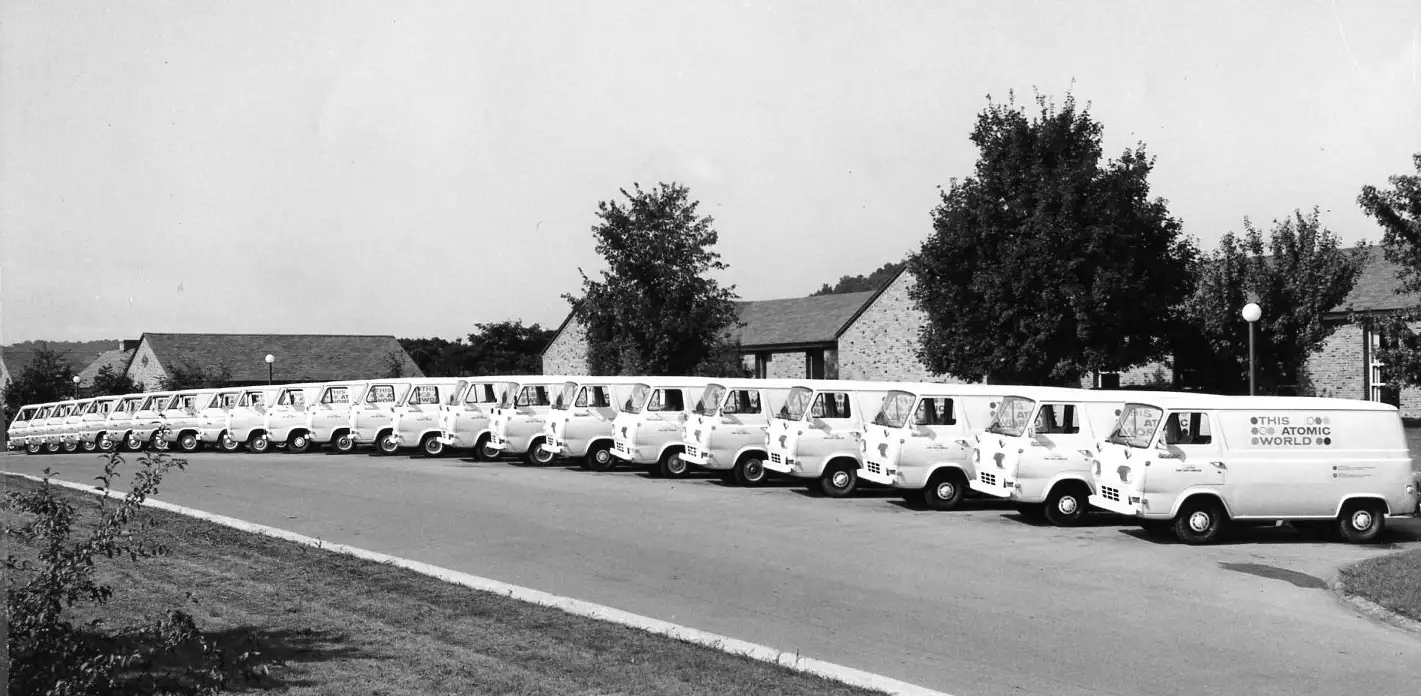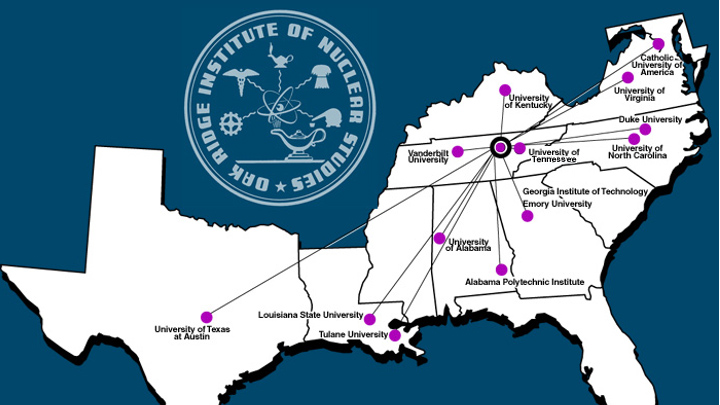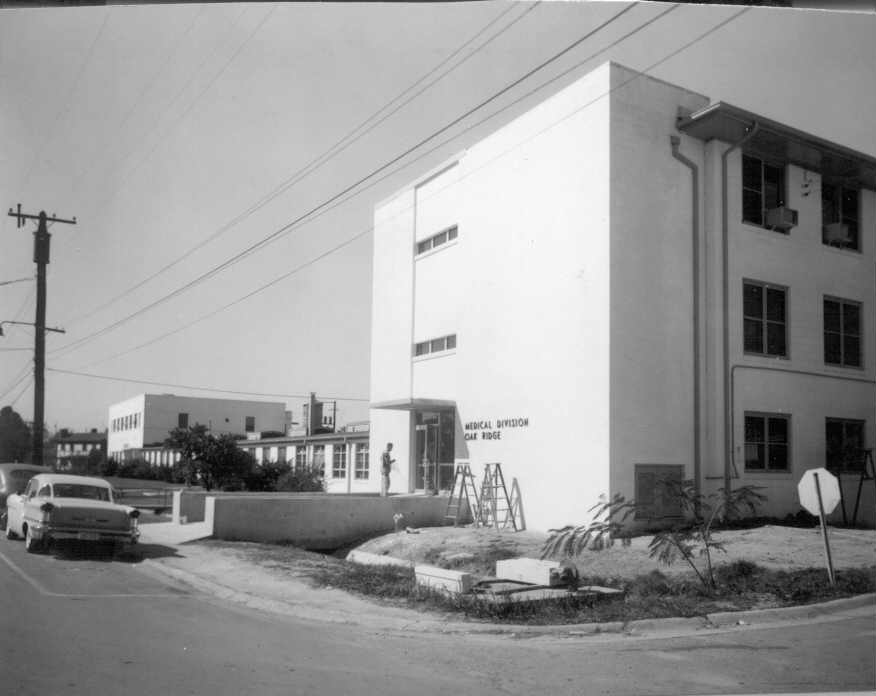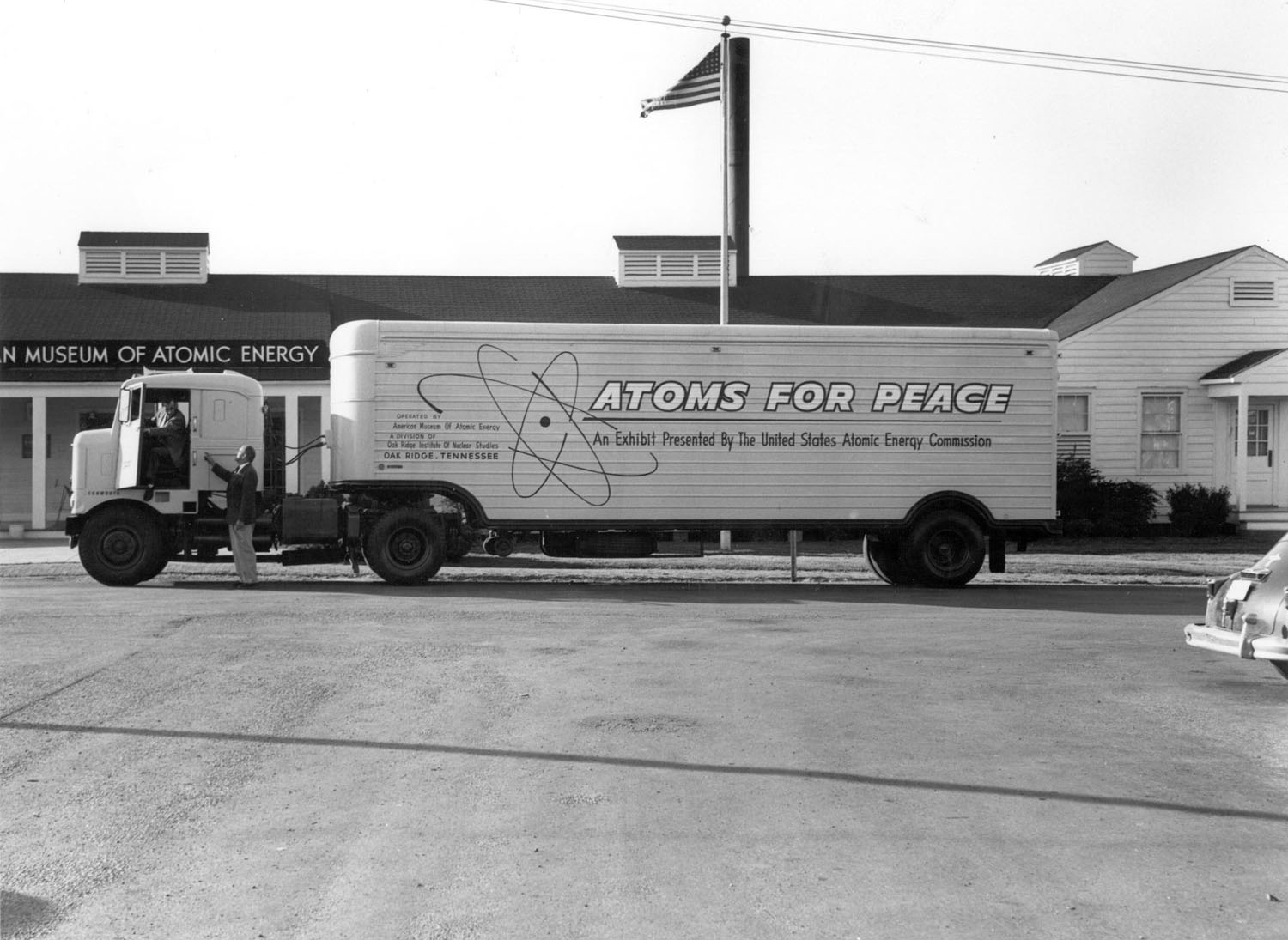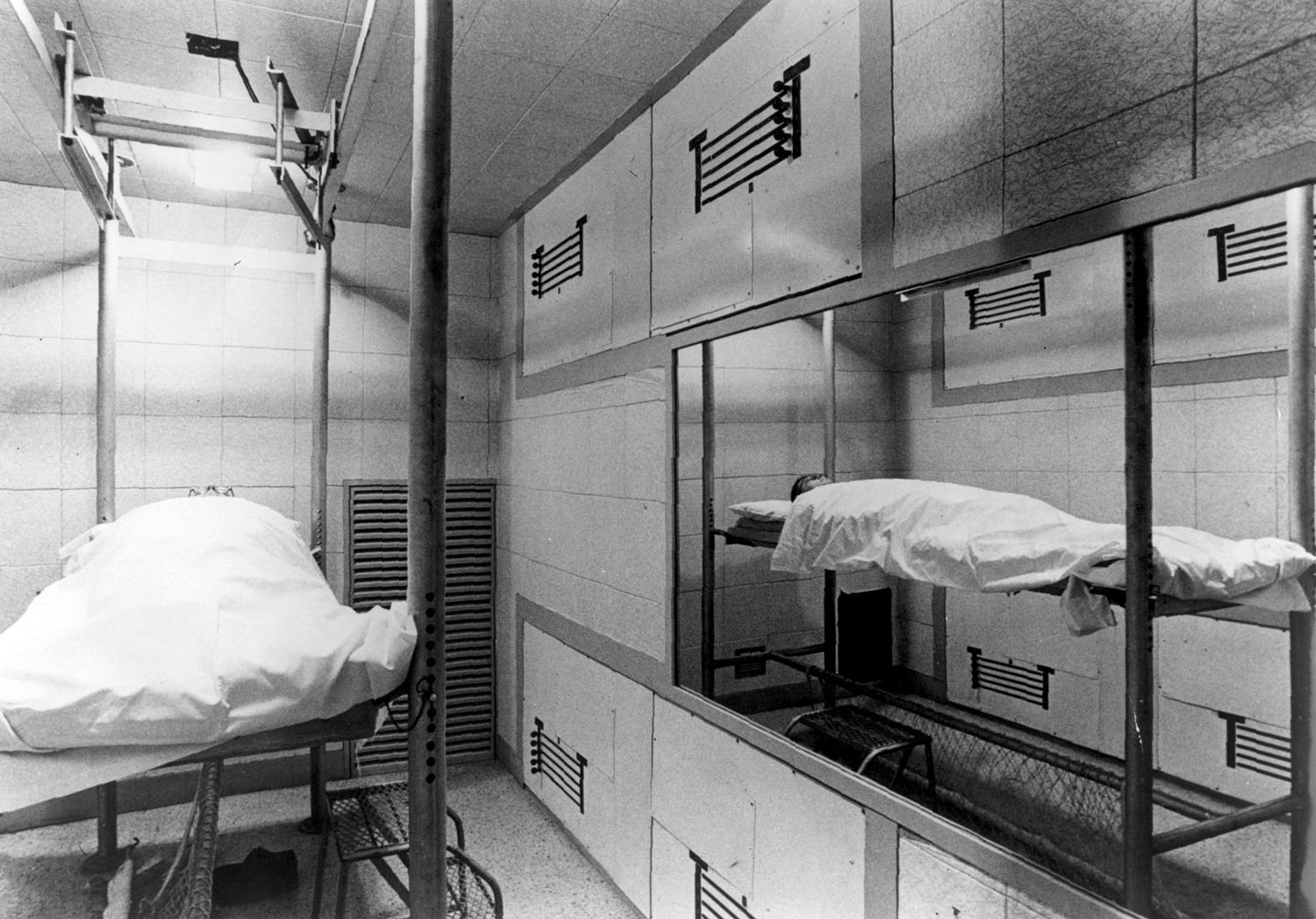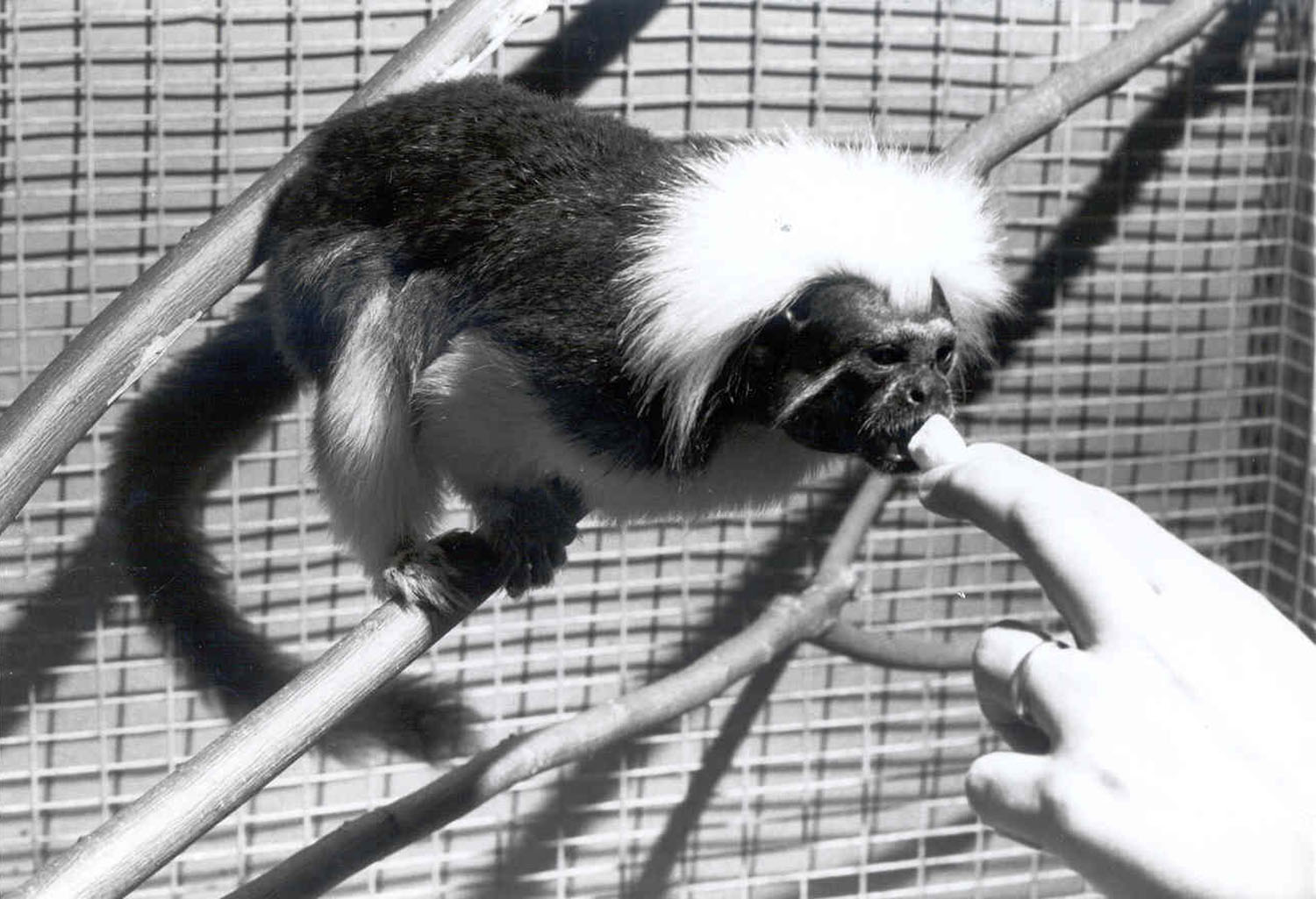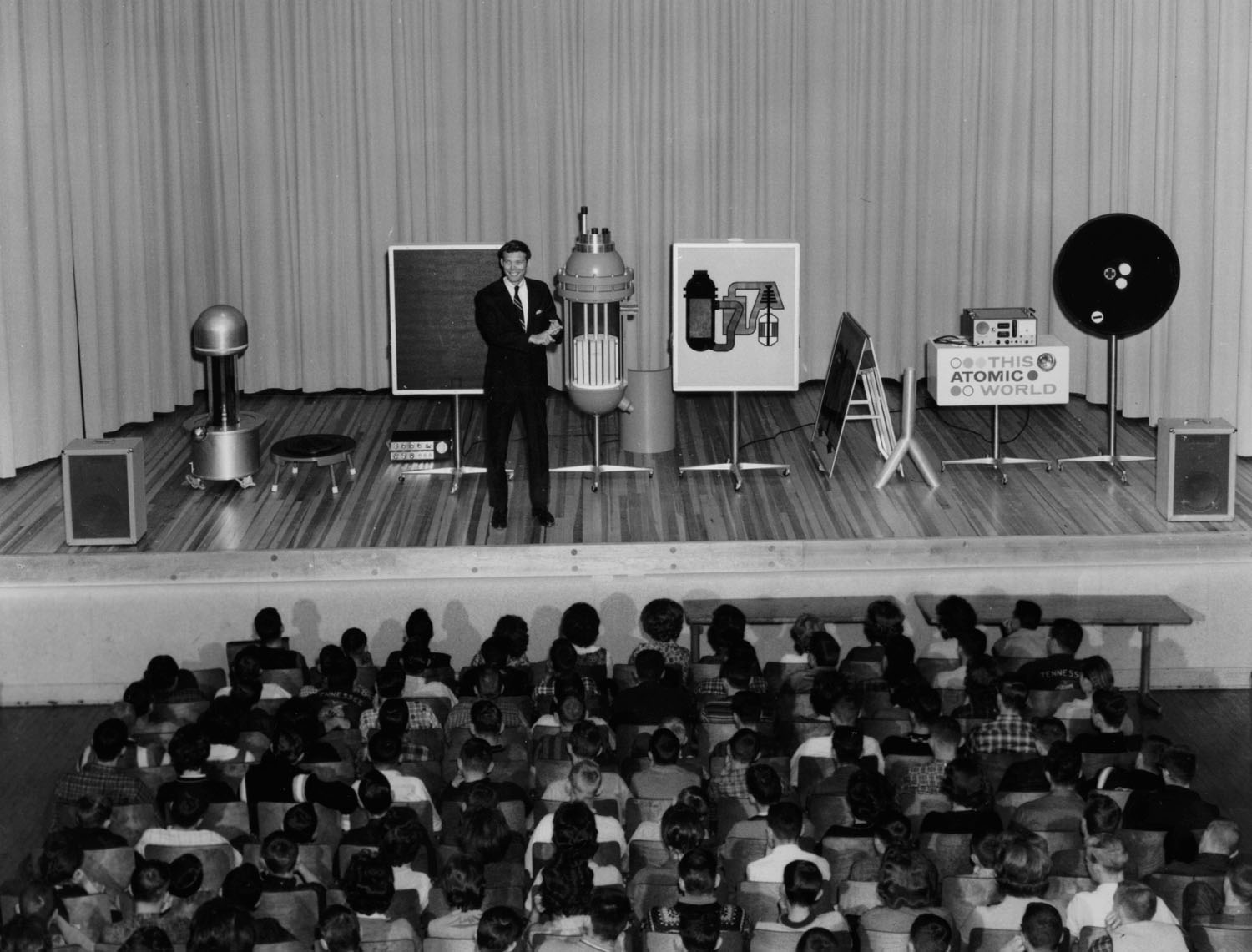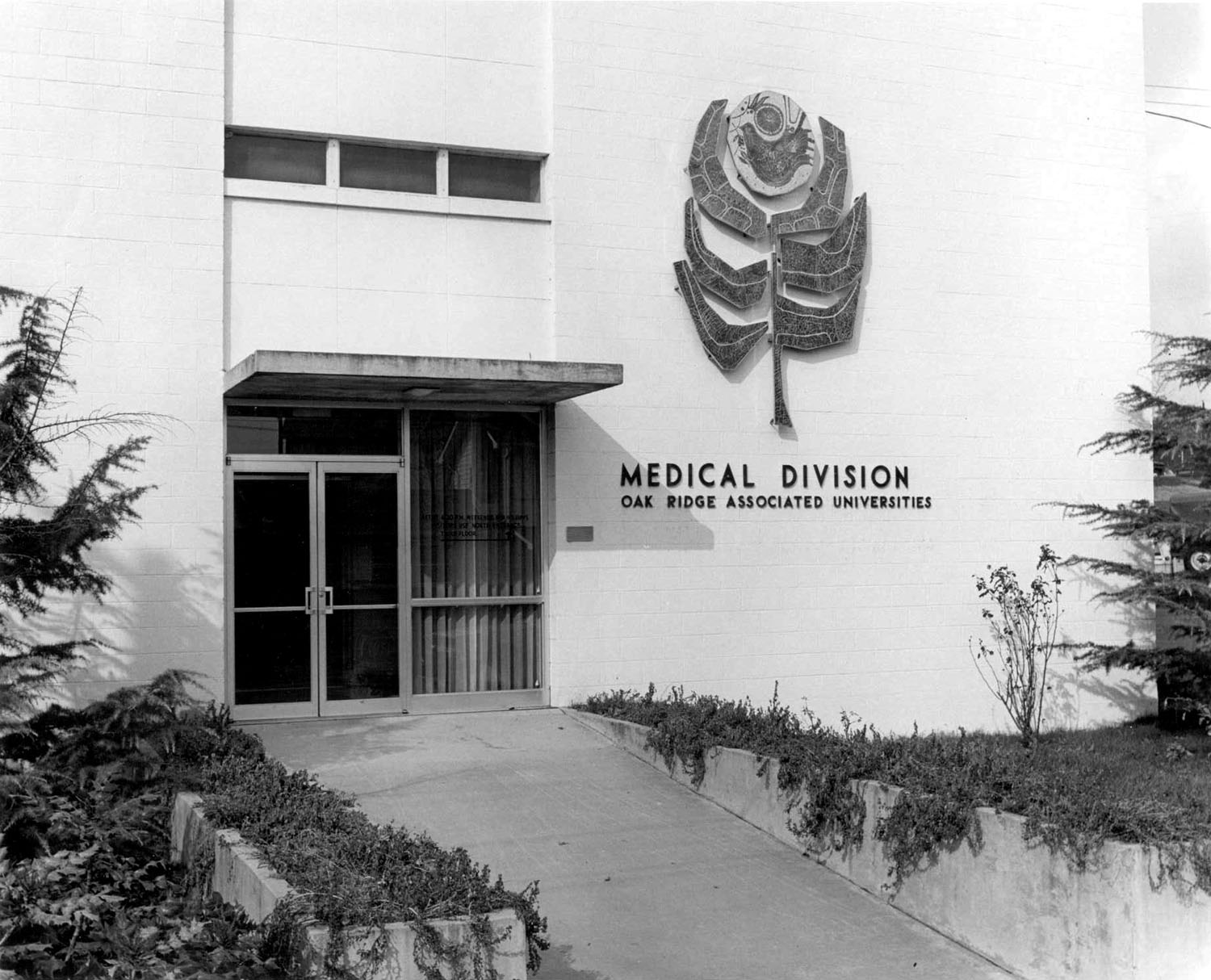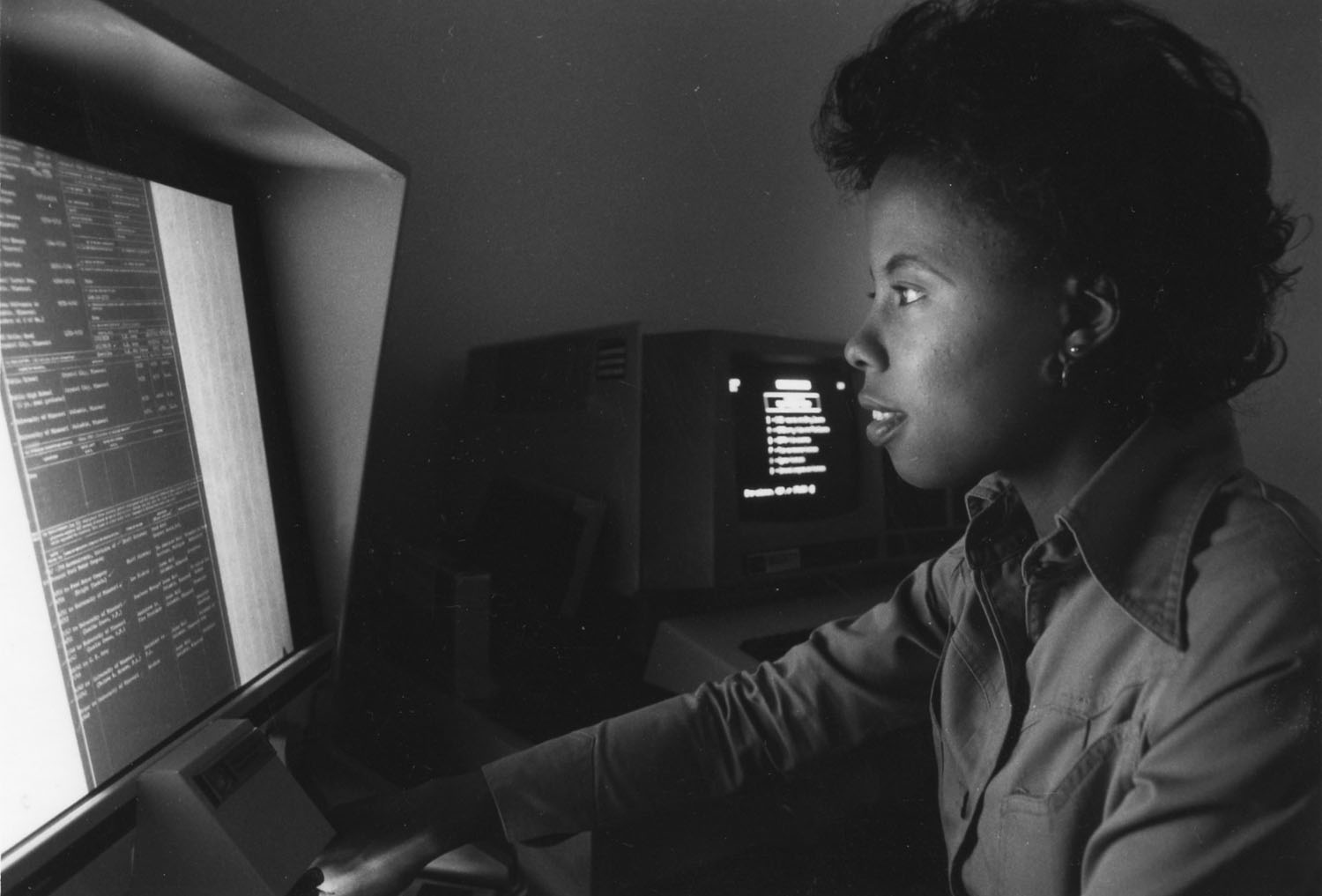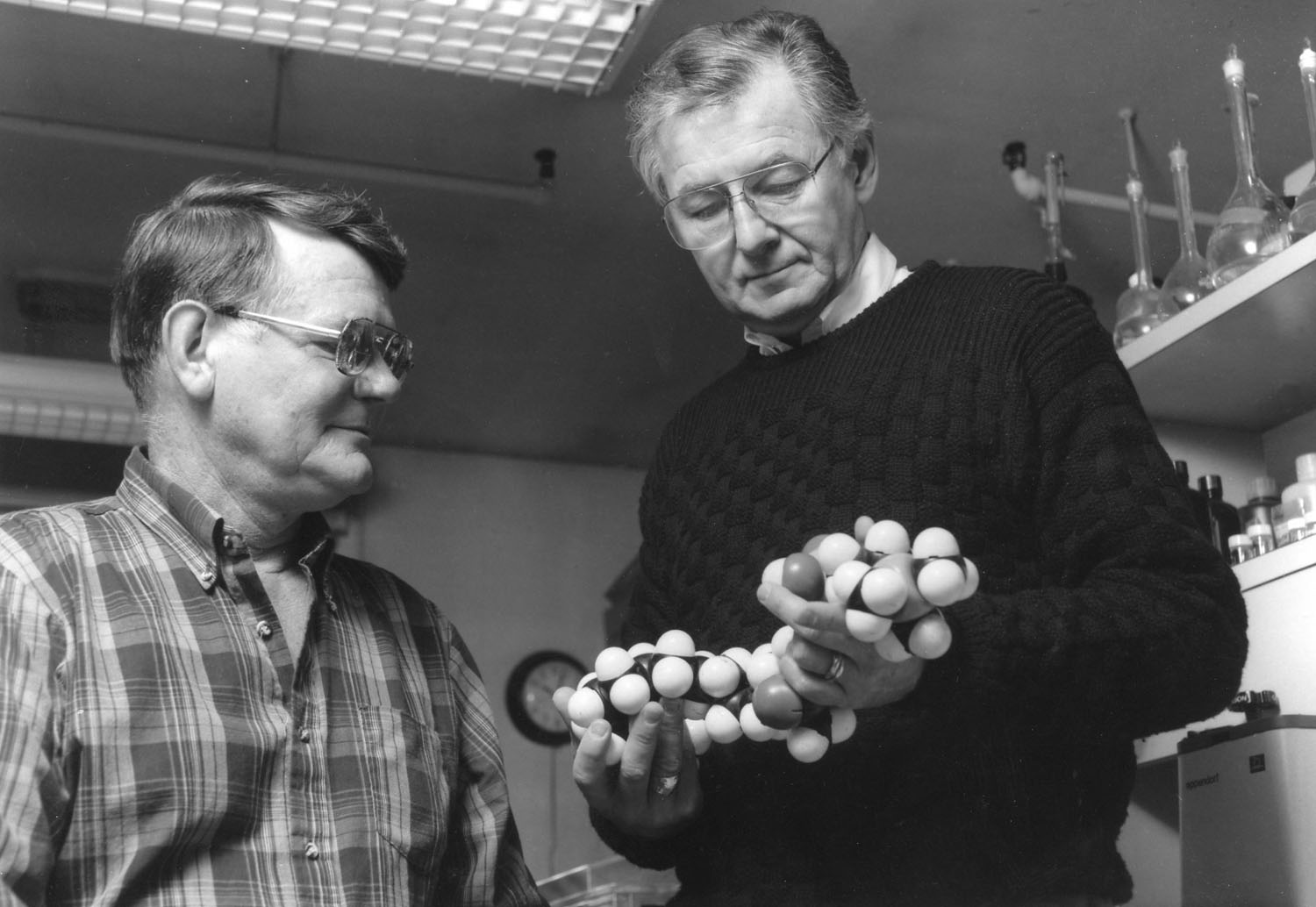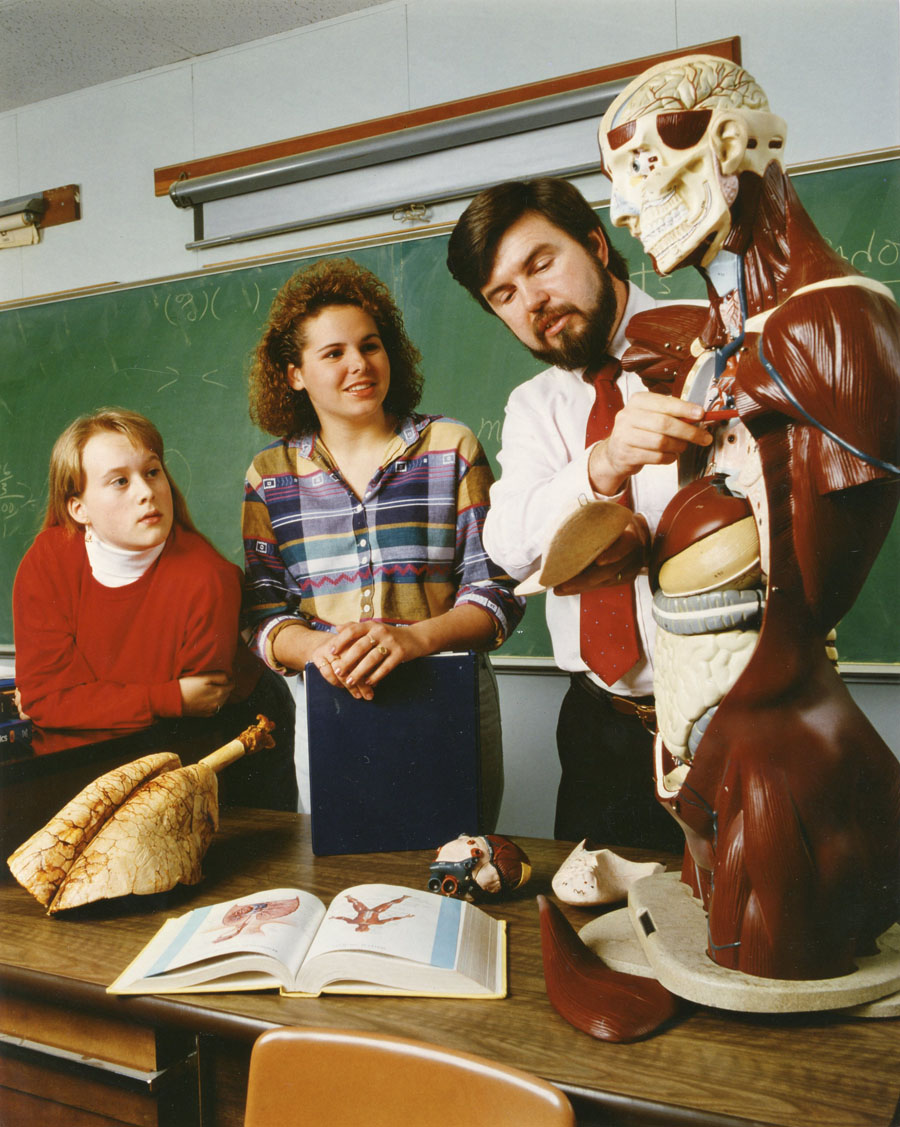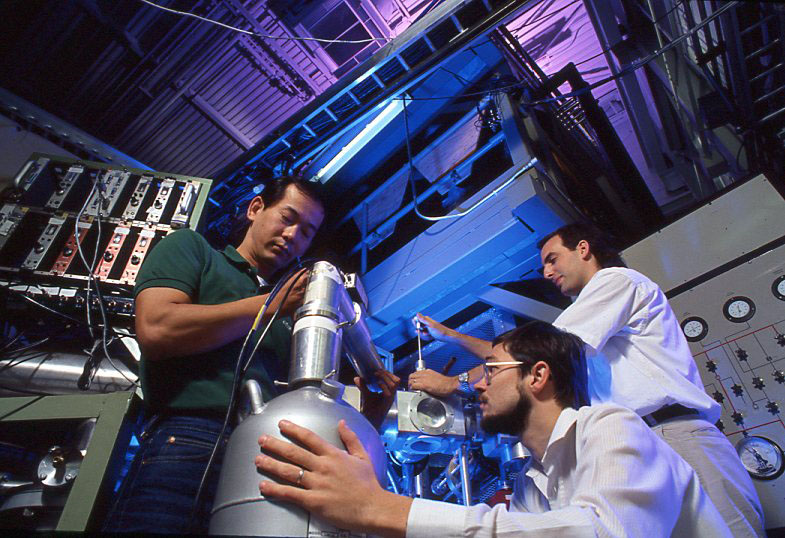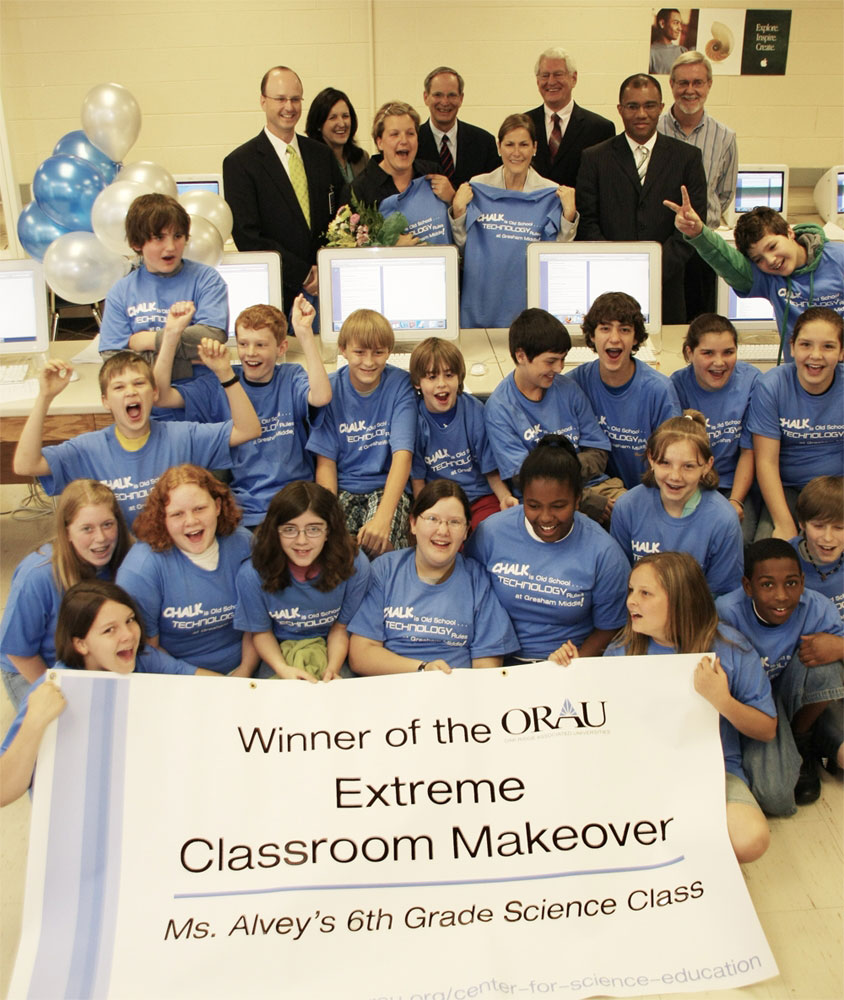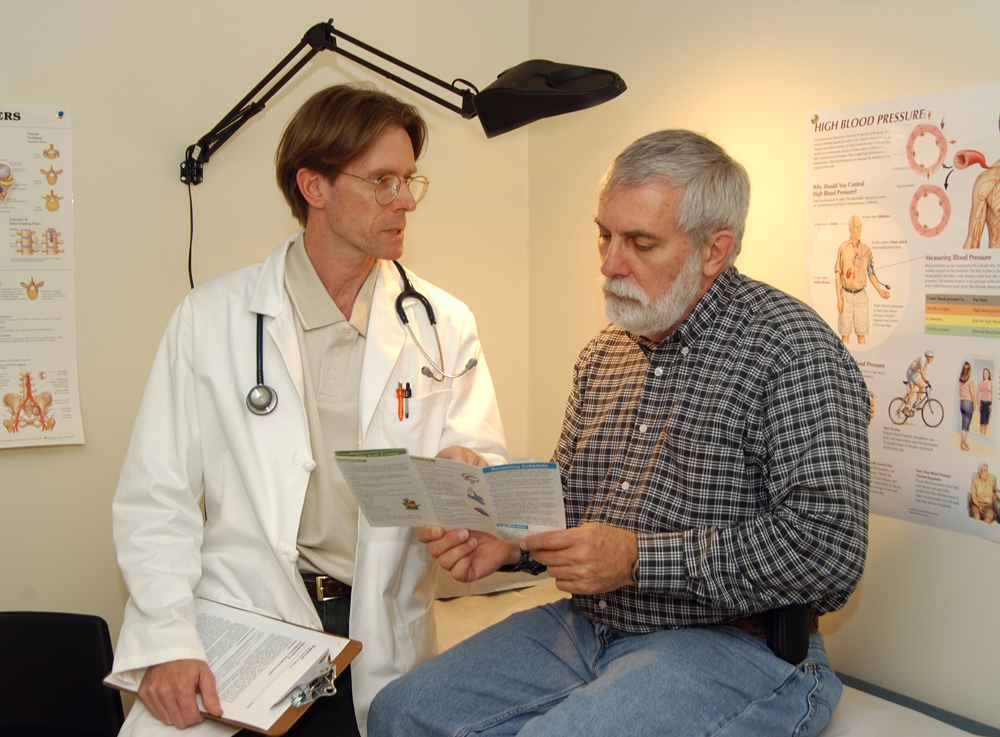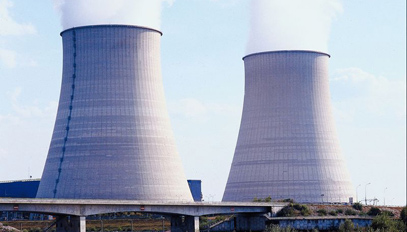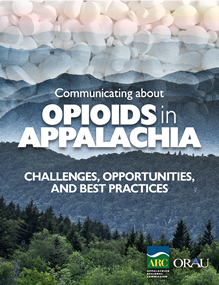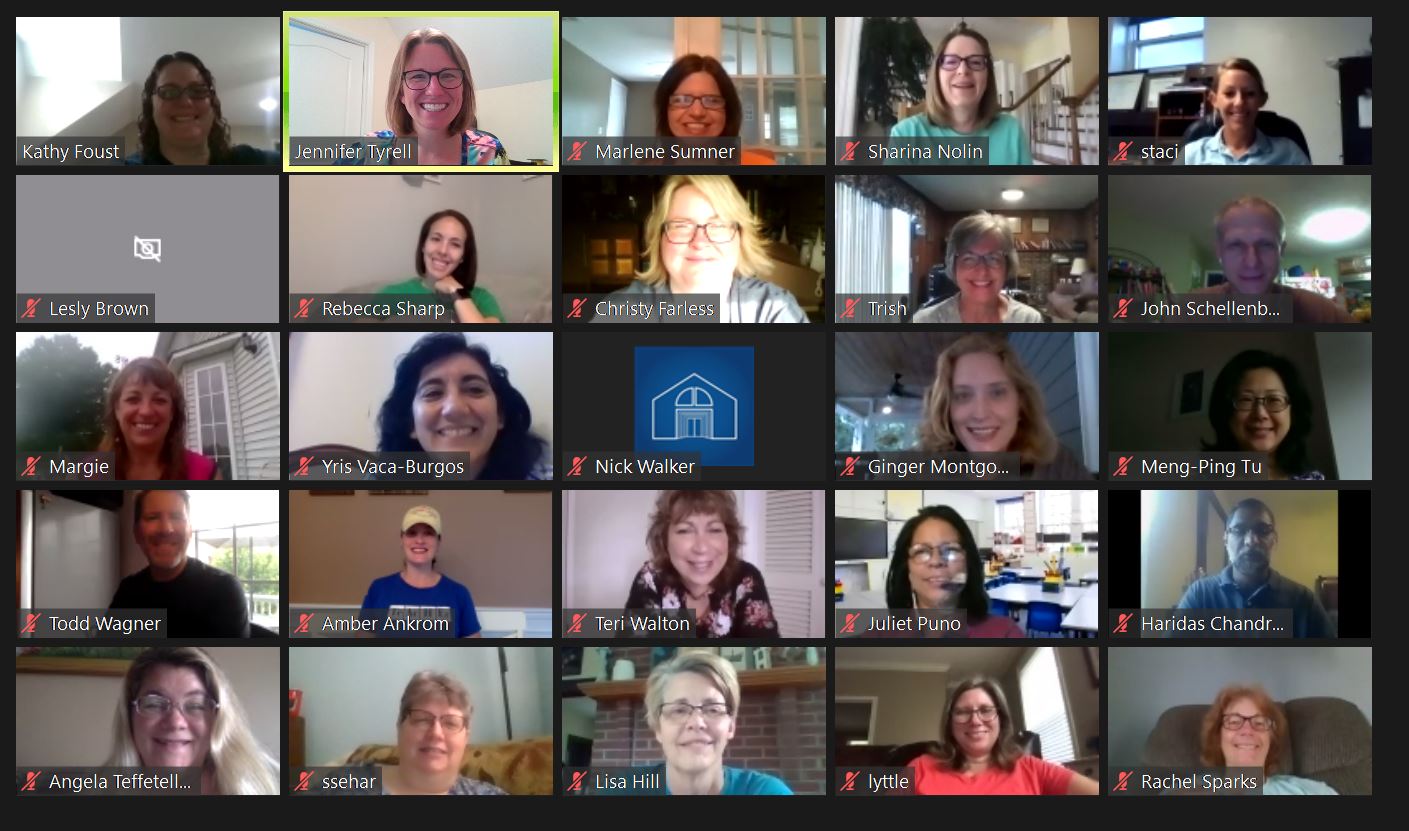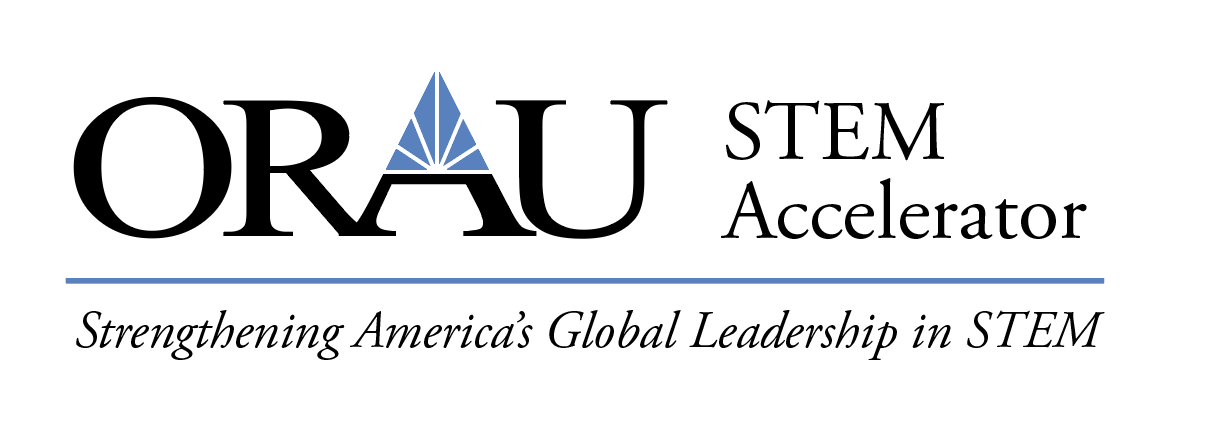History
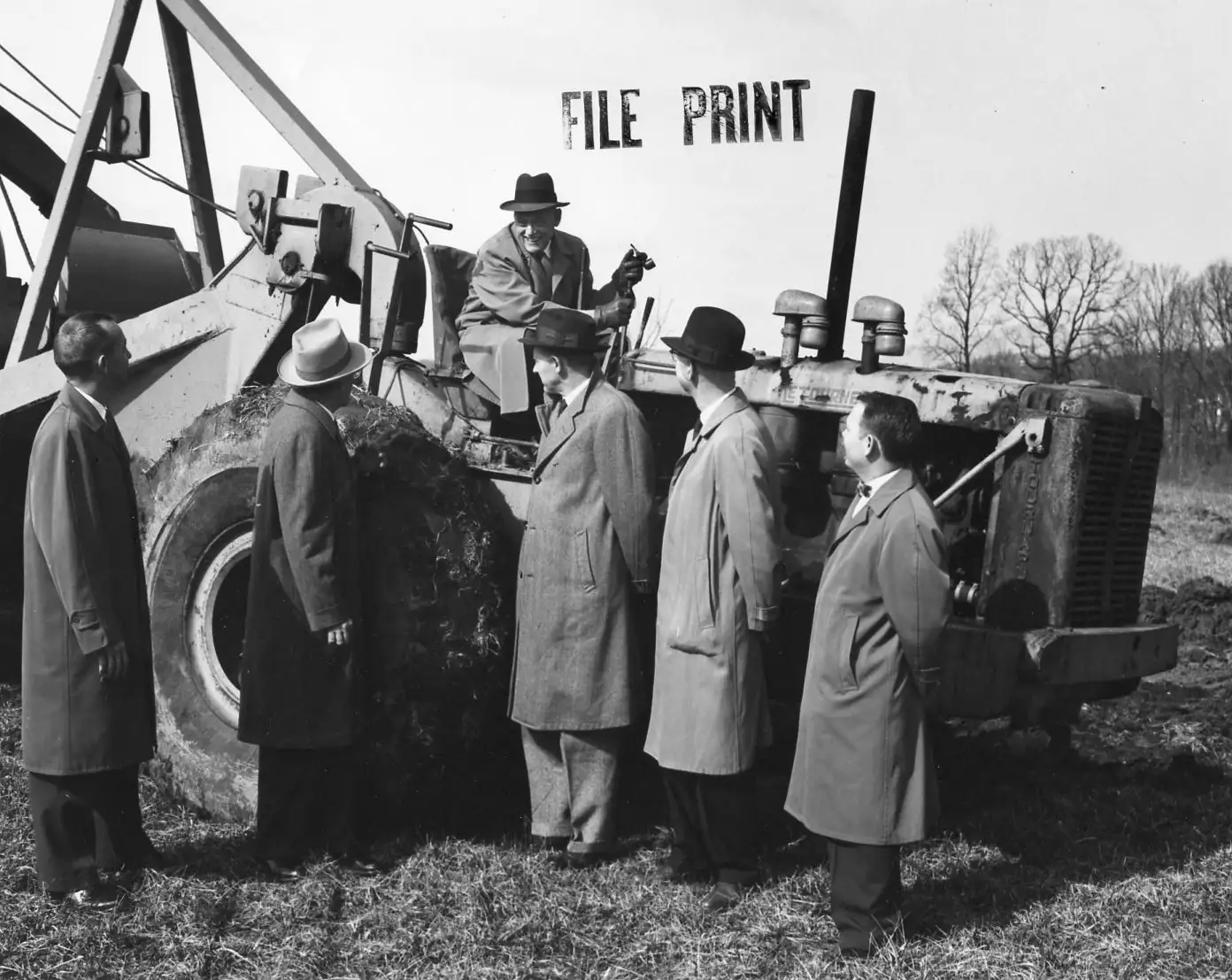
“ORAU: From the Beginning” is the inside story of the founding of ORAU as told by William G. Pollard, Ph.D., and others. The book tells the story of ORAU’s early years, from the end of the Manhattan Project to 1979.
For more than 75 years, we have helped our customers advance their mission by providing science, health, and workforce solutions. Through our specialized teams of experts and a consortium of more than 160 universities, we connect the right people and resources to help our customers solve our nation’s most challenging issues.
The Oak Ridge Institute for Nuclear Studies, which would later be renamed Oak Ridge Associated Universities, was incorporated by the State of Tennessee on October 17, 1946. On the same day, ORINS hosted the first-ever meeting of the Council of Sponsoring Institutions, which included representatives from 14 Southern research universities.
Learn more about the history of ORAU and some of our most significant accomplishments.
